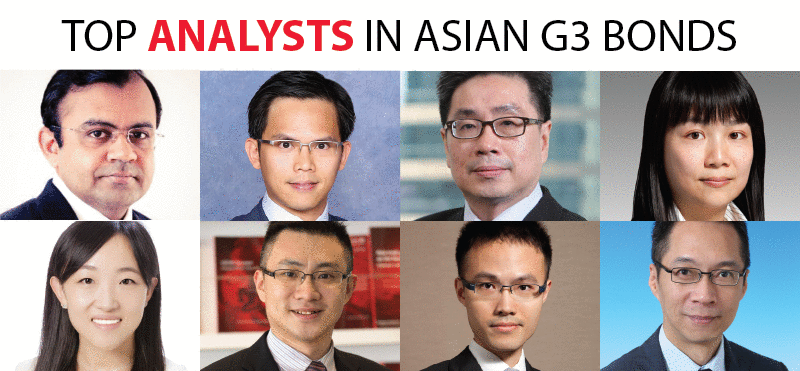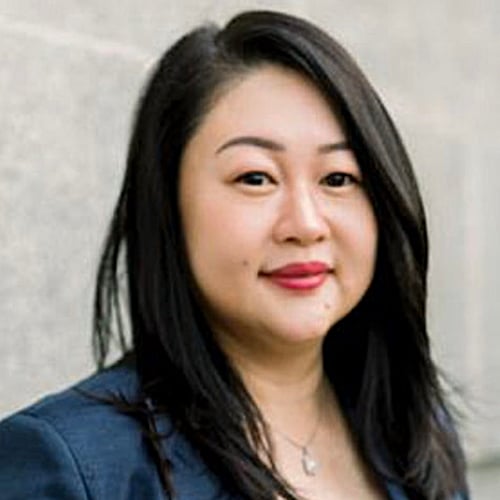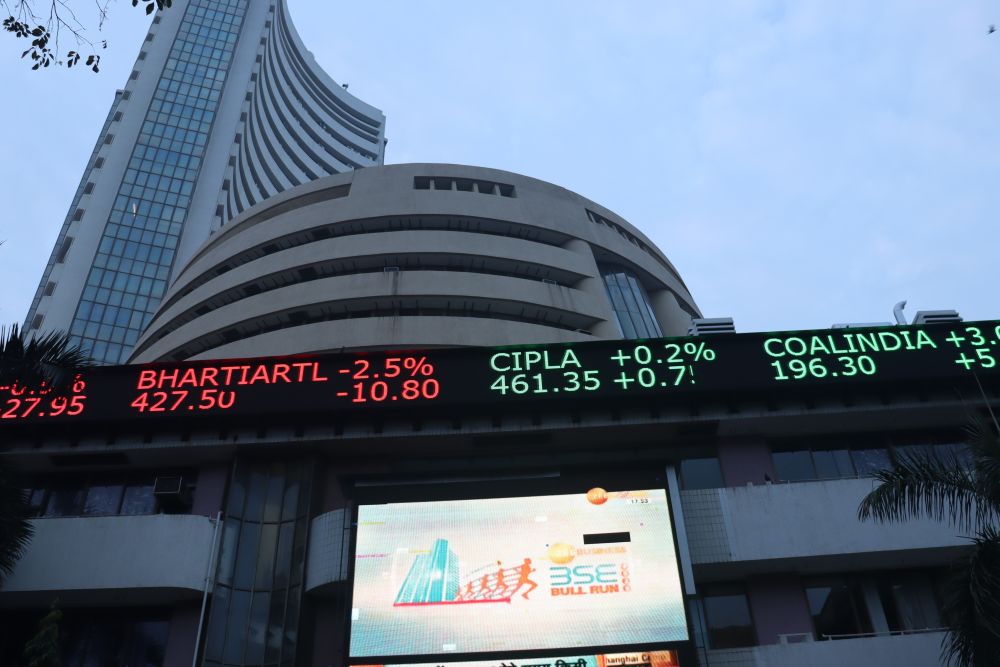
In recent years, Chinese investors have been the biggest buyers of assets globally from resources to technology and even property. Now that flow of Chinese money is streaming into another sector, Asia’s G3 bonds, heralding what could be the start of the biggest change in the market not seen in decades.
The emergence of Chinese investors is palpable. The latest survey of Asia’s G3 secondary market conducted by Asset Benchmark Research, which drew the participation of over 300 institutional investors, indicates an increasing need for the best individuals in research, sales and trading ranked in the survey to be conversant in Chinese credits. In turn, the survey is showing the rise of ranked individuals who have strong insights into these Chinese names.
That China is resonating much more in Asia’s G3 bond market should not come as a surprise. Since three years ago, the number of Chinese issuers in G3 bonds has been on a steady rise. What once was a market that was peppered with Korean high-grade names plus high-yield issuers from Indonesia and the Philippines is now being dwarfed by names from China.
Not surprisingly too, among the biggest buyers of Chinese credits are Chinese investors. Name familiarity, among others, is what has been driving interest. While ten years ago, much talk is about the Asian bid in the region’s G3 market – local investors buying Asian bonds – these days, the Chinese bid is starting to resonate.
That has enabled houses such as Citic Securities to place in the best individuals in Asian G3 bonds ranking for the first time. Investors say that the Chinese investment bank “has Chinese names that are not usually covered by foreign banks”. Incumbent international houses that have pivoted to the emerging China story have also done well.
Old hands such as Keith Chan, credit analyst at HSBC, who has been ranked since 2009 (except in 2011) is cited by an investor for the analysis he provides in covering the China market. “He is always very helpful and informative be it the credits that he covers or otherwise the newly issued entities.” He ranks seventh in 2016.
A new entrant is Henry Ng of Citic Securities, who is ranked 5th among analysts this year. “His response to market change is very rapid and he can do a very comprehensive analysis on instant changes on market trends,” shares one investor. “His coverage is also broad and includes high yield and high grade bonds.”
Two new entrants in the analysts’ ranking are Peijiao Yu and Manjesh Verma at Citi, who were ranked eighth and ninth, respectively. Yu is a part of the Asia Credit Sector Specialists team that Verma heads at the bank and is responsible for financial institutions across the region as well as China investment grade corporates. One investor comments that Yu is “focused on China but will also look at some non-China financial names such as Indian and Malaysian banks. In the past six months, I’ve followed a lot of his trading ideas and I’ve made a lot of money”.
The emergence of the China theme interestingly is coinciding with pullbacks by international houses in their fixed income business. The travails of the bulge-bracket houses have given an opening to regional houses and specialist brokers.
One house on the ascendant is Jefferies, a New York-based institutional brokerage that has morphed into a full-fledged investment bank. Its crisp ability in sales and execution has earned praise from investors and a first-time ranking this year. One investor has moved Jefferies to become its tier-one counterparty. “The new team is more aggressive,” he says.
Investors gave high marks to the dynamic duo at Jefferies – Lilian Yung in sales and Rohan Thakrar who heads up Asia credit trading. The last time both featured in Asset Benchmark Research’s ranking was in 2009 when they were with RBS, which was a casualty in the Asian fixed income market three years ago.
A fund manager details her impression: “He [Thakrar] shares a lot of information about various credits like flows but mostly focused in the investment grade space.” Basically it’s a cooperative effort between the sales and the trader. Another investor says that Yung “is [also] a game changer for the firm. Her access to real money has proved to be pretty invaluable for them”.
Other new entrants in the ranking for Asian G3 bond sales are Yili Dong at Citi and Gregory Camous at BNP Paribas who are ranked fourth and fifth, respectively. Dong is part of the flow credit sales team at Citi and primarily covers China clients. “He has been quite helpful in terms of getting a good price, getting good market colour and information including all the research resources we need,” states one investor. Camous, on the other hand earned the nod of the investor for reaching out often.
Among traders, Wentao Yan at Nomura, Ankit Bafna at BNP Paribas and Klemens Loeffler at HSBC are making waves for the first time. These traders have been singled out for how accessible they are and the strength of the relationships they have.
BNP Paribas hired the high yield trader Bafna in late 2015. “When we trade with BNP Paribas, he has a good execution price,” one fund manager relates. “He always helps a lot in terms of moving positions for us.”
Loeffler was trading Asian local currency bonds prior to moving into Asian G3 bonds and was ranked top in Asset Benchmark Research’s Asian local currency bond ranking in 2014. Recognized as a financial institutions trader, one investment manager notes that “he can make bigger markets so bigger-sized tickets and he is accessible. It’s easy to speak with him”.
Among the economist and strategists, Kelvin Pang at Morgan Stanley is the only newcomer and takes second place. He heads the firm’s Asia credit strategy and also covers financial institutions in the region. “His views and reports are always supported by rationale and make a lot of sense. We actively follow his advice in our daily business,” says one.
For more details of the latest rankings of the best individuals in Asian G3 bonds for 2016, please click here.
Additional reporting by Jacky Fung








